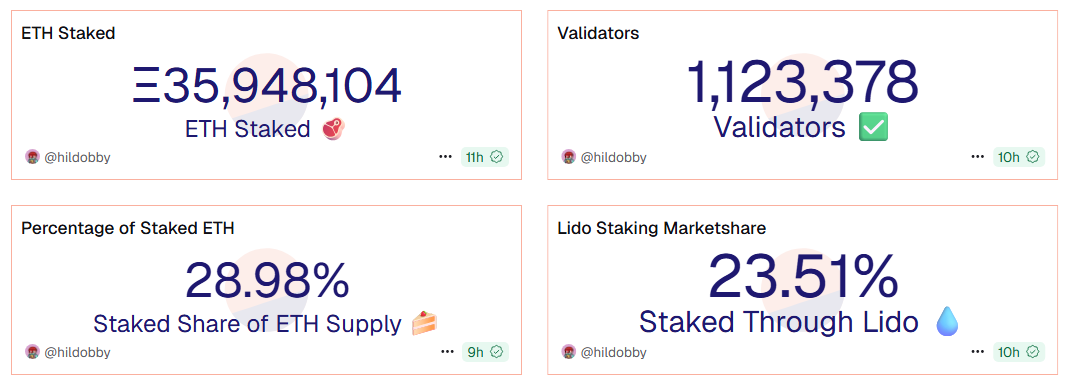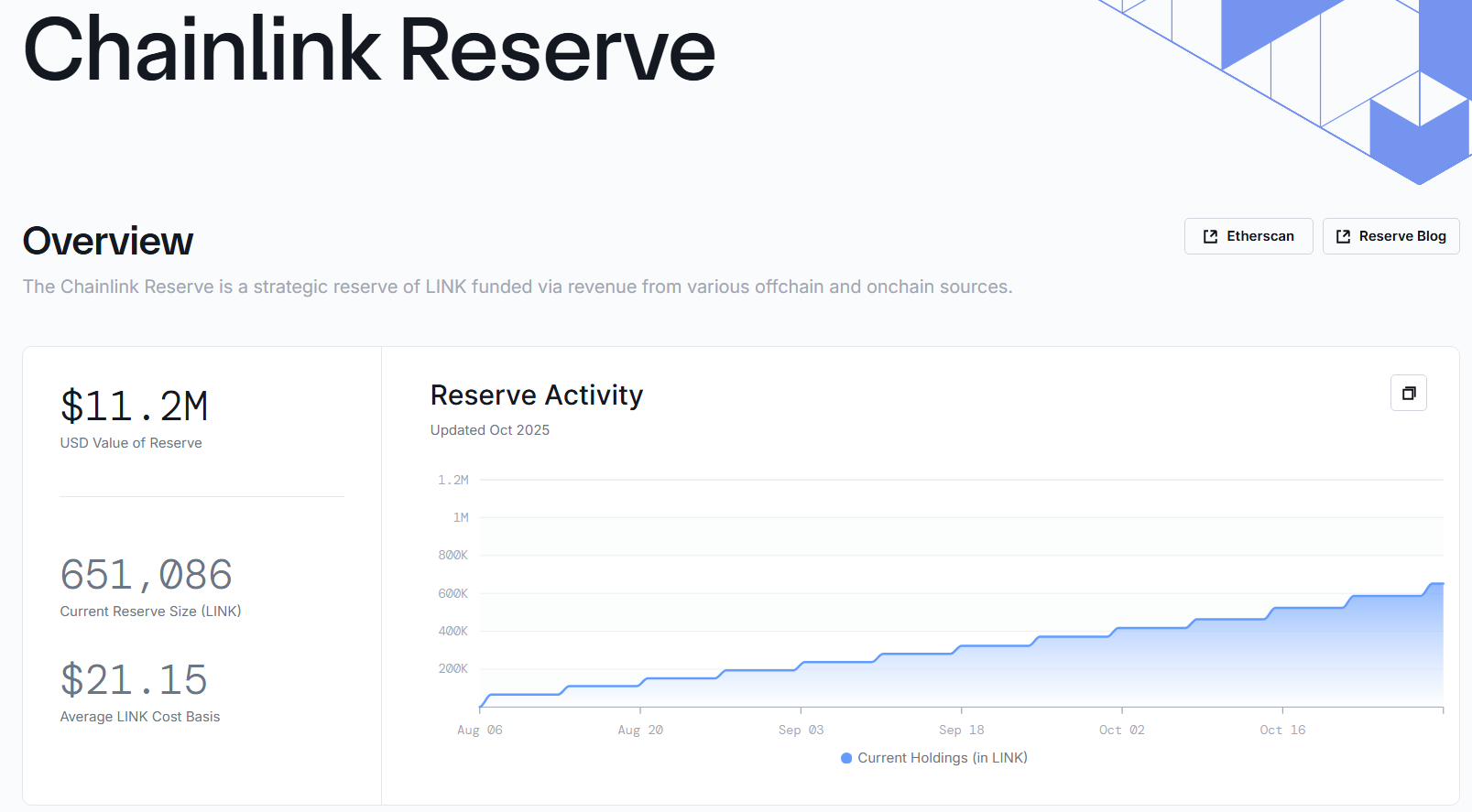Over the past month, several altcoins seem to have defied the market’s fears. Despite the price drop, investors were in no rush to sell on exchanges. Instead, they accumulated more aggressively.
This buildup has caused exchange supply for some altcoins to fall to their lowest levels in years. Such scarcity is a key factor supporting potential price increases. Which altcoins exhibit this pattern?
Sponsored Sponsored
1. Ethereum (ETH)
It’s no surprise that Ethereum remains one of the most popular altcoins among both institutional and retail investors.
What may surprise many, however, is the degree of scarcity that ETH currently represents on exchanges. Ethereum exchange supply fell to 15.8 million in October, the lowest level in three years, according to CryptoQuant data.
Furthermore, as more tokens are staked, ETH is becoming even rarer to purchase on the open market. According to Dune, the total amount of ETH staked has steadily increased over the past five years and currently stands at nearly 36 million ETH, or about 29% of the total supply.

Bearish sentiment pushed ETH below $4,000 in October, but rising scarcity suggests a recovery is still likely.
2. Chain Link (LINK)
Chainlink (LINK) also surprised many. Exchange supply decreased to 143.5 million LINKs, the lowest level since October 2019.
Sponsored Sponsored
Since the beginning of this year, exchange balances have fallen by more than 220 million LINK, meaning that approximately 80 million LINK, or approximately 11% of the circulating supply, will be withdrawn in 2025 alone.

A recent BeInCrypto report highlighted that LINK has entered one of the strongest accumulation phases by whales in recent years.
The latest update to Chainlink Reserve reveals that more than $11 million worth of LINK has been accumulated since the program launched in August.

Although Chainlink Reserve’s LINK volume is still small compared to the total supply, it shows the project’s commitment to long-term strategy.
Sponsored Sponsored
This behavior reinforces the holder’s feelings of scarcity. Despite the 25% price drop in October, community discussion about LINK remains positive.
3. PEPE
PEPE, an Ethereum-based meme coin, remains one of the most liquid meme tokens on the market.
Over the past month, while investor attention has shifted from meme coins to privacy coins and perpetual DEX tokens, PEPE has still managed to hold its own.
Exchange supply of PEPE has fallen to its lowest level since 2023, with 86.39 trillion PEPE currently held on exchanges, representing about 20% of circulating supply, according to Santiment data.

Sponsored Sponsored
This decline in exchange balance over time reflects the strong loyalty of holders to the token.
According to CoinMarketCap, in 2025 alone, the number of PEPE holders grew from 369,000 to over 491,000.

The reduction in foreign exchange supply and increase in holders occurred even though PEPE prices returned to year-to-date levels in October. This means that most holders continue to hold onto their tokens even though they have not yet realized any profits.
“If you think PEPE is a bad investment, think again,” said investor DeFizard. “No diamond investors can be reassured, and I am one of them. This price level is too good to pass up.”
These altcoins show that even in a pessimistic market, investors continue to favor tokens they believe can maintain value in their portfolios.
Whether they are major altcoins or meme tokens, they share common characteristics: resilience across market cycles, a loyal holder base, and strong liquidity.


